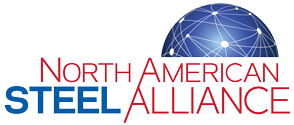With a variety of different materials, classifications, and purposes, it can be difficult to determine which type of metal grating you should use for your project. To help, we've got all the details on the different types of metal grating, covering their characteristics, common applications and how they’re manufactured at a metal company.
What is Metal Grating?

In the metals industry, “grating” can refer to several different types of metal products. Each type has its own set of unique properties that make it more (or less) ideal given the individual application. For example, street drains will use a form of bar grating, while walkways typically require a safer form of expanded grating or grip strut. Regardless of its individual application, metal grating as a whole allows for proper drainage, ventilation, and safety measures across a variety of industries.
3 Quick Facts to Understanding Metal Grating
-
Metal grating is used in a variety of industrial and commercial applications, including flooring, walkways, trench covers, and security enclosures.
-
One of the most popular materials for metal grating is steel due to its strength, durability, and resistance to corrosion. Other materials used in metal grating production include aluminum, stainless steel, and fiberglass.
-
Metal grating can be produced through several manufacturing processes, including welding, pressure locking, and riveting. The choice of manufacturing process depends on the specific application and the desired properties of the grating, such as load-bearing capacity, slip resistance, and aesthetics.
Types of Metal Grating
Metal grating varies widely in both material and function. Depending on the application, different types of metals and modes of production are used to ensure successful and safe operating conditions. These factors depend upon parameters such as strength, size, location, and usage.
Expanded Metal Grating
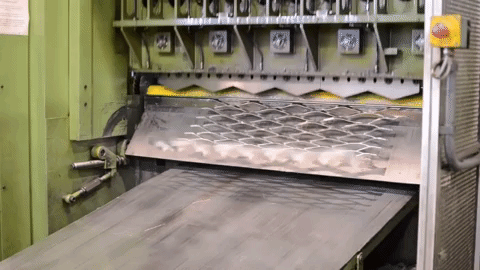
Expanded metal grating is made by creating slits in a metal sheet and then stretching (expanding) the sheet, resulting in a diamond pattern. The sheet can then be cut to size and flattened. Many different types of metals can be expanded, such as stainless steel, carbon steel, aluminum, and more.
The process of expanding is very economical as it creates no waste, and because there are no holes punched out of the material, the sheet will retain its structural strength. Typical uses for expanded metal grates include steps, flooring, fences, and security applications.
Bar Grating
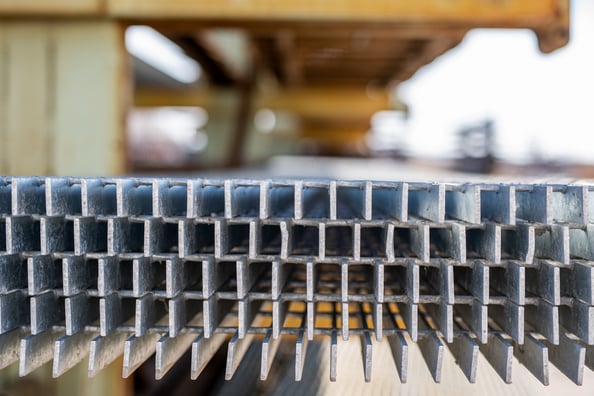
Bar grating is made up of parallel bars that are connected together with perpendicular bars. The bars are most commonly connected through welding. However, there are other ways of joining the bars together. Alternatives include riveting, close meshing, press-locking and more. The most economical method of joining is determined by the materials used and the bars' thickness.
Bar grating can be made out of a variety of different materials but is most commonly made from steel or aluminum. It has a very high ratio of strength-to-weight and a lot of open space, making it a widely used option for industrial flooring. However, it is also used for things such as fire escapes, street drains, and bridges.
Safety Grating
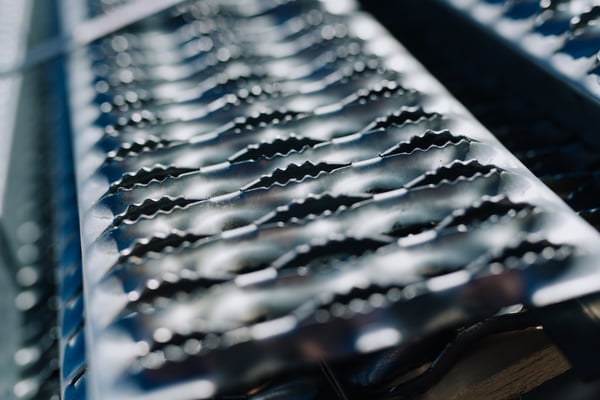
Safety grating is a common form of metal grate that is used for walking surfaces. It is designed to help increase traction and prevent the risk of slips or falls. It is typically made with small diamond-shaped protrusions that allow for greater traction. It also has a lot of open surface, providing plenty of drainage and airflow. The most common form of safety grating helps to increase grip when walking across it. This is achieved by serrating the edges of the diamonds that are created after cold stamping a metal sheet.
Many different types of metals are used to create grip strut, including industrial steel and aluminum. Once it has been stamped and serrated, the steel sheet metal is then coated with a material that minimizes slipping. Because of its high level of traction, it is used for things such as walkways, stairs, and other walking platforms.
Wire Mesh
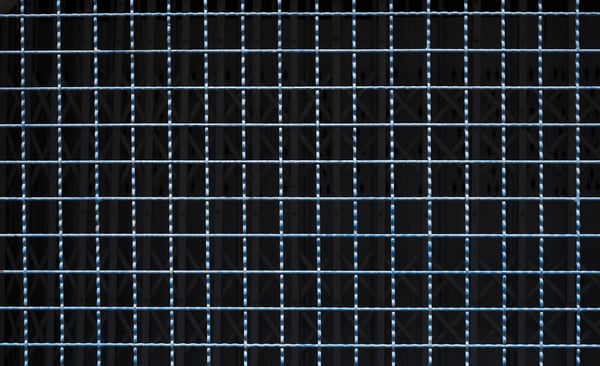
Wire mesh, also referred to as wire fabric or cloth, is a form of metal grating made up of parallel rows and intersecting columns of wire. It's easy to install, very durable, and is used across a range of different industries. Because it can be made from various materials and metals and can be produced to meet an almost limitless number of specifications, it is extremely versatile and can be used for many different applications.
Wire mesh is commonly used for both industrial and commercial applications. Several uses for it include:
- Separation and filtration
- Ventilation
- Material reinforcement
- Screening and fencing
- Security
- Art
The two most common types of wire mesh are welded wire mesh and woven wire mesh. As the names suggest, welded wire mesh has intersecting rows and columns of parallel wires that are welded together at the intersection, while woven wire mesh has an array of intersecting wires woven over and under the perpendicular wires to create a stable sheet.
Perforated Metal
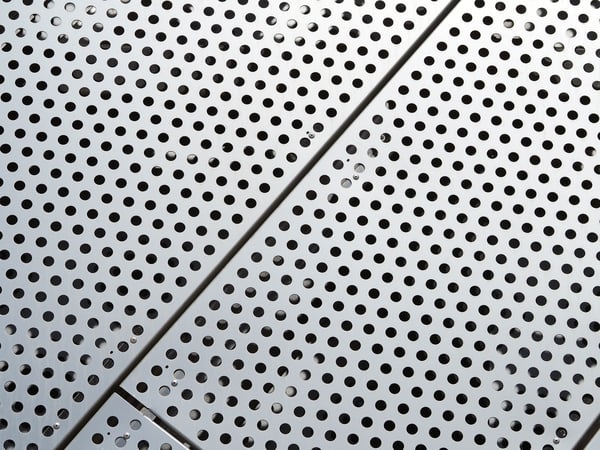
Perforated metal, also known as perforated sheet, perforated plate, or perforated screen, is a form of metal grating that is created from sheet metal punched or stamped in order to create a specified pattern of holes. It is commonly made from stainless steel, carbon steel, or aluminum and is formed from several different metal fabrication processes. These include rotary pin perforation, die and punch perforation, and laser perforation.
Perforated metals are utilized across a variety of industries and have numerous applications, including:
- Noise reduction
- Filtration and centrifuging
- Ventilation
- Chemical purification
- Screening
- Construction material development
During the perforation process, removed metals are recycled, increasing sustainability and reducing overall metal usage. This reduction in material often translates to reduced weights and lower transportation costs.
Need metal grating for your project? Boyd Metals has the products you need. Download our Digital Stock and Reference Guide and view our list of industrial products.




